“While 3 operators will be running all 3 stations almost 24h a day, the rest of 3 operators will have sufficient time to relax after high pileups and to visit the island entirely. No wonder everyone of us want to meet the island as much as possible. There’s no other place like 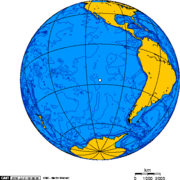
“Since
Easter Island (small dot on the Globe Photo – right) is a volcanic high island, consisting mainly of three extinct coalesced volcanoes: Terevaka (altitude 507 metres) forms the bulk of the island. Two other volcanoes, Poike and Rano Kau, form the eastern and southern headlands and give the island its roughly triangular shape. There are numerous lesser cones and other volcanic features, including the crater Rano Raraku, the cinder cone Puna Pau and many volcanic caves including 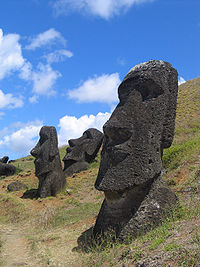 Poike used to be an island until volcanic material from Terevaka united it to Easter Island. The island is dominated by hawaiite and basalt flows which are rich in iron and shows affinity with igneous rocks found in
Poike used to be an island until volcanic material from Terevaka united it to Easter Island. The island is dominated by hawaiite and basalt flows which are rich in iron and shows affinity with igneous rocks found in
The period when the statues were produced remains disputed, with estimates ranging from 400 CE to 1500–1700 CE. Almost all (95%) moai were carved out of distinctive, compressed, easily worked volcanic ash or tuff found at a single site inside the extinct volcano Rano Raraku. The native islanders who carved them used only stone hand chisels, mainly basalt toki, which still lie in place all over the quarry. The stone chisels were re-sharpened by chipping off a new edge when dulled. The volcanic stone the moai were carved from was first wet to soften it before sculpting began, then again periodically during the process. While many teams worked on different statues at the same time, a single moai would take a team of five or six men approximately one year to complete. Each statue represents a deceased long-ear chief or important person. Only a quarter of the statues were installed, while nearly half still remain in the quarry at Rano Raraku and the rest elsewhere on the island, 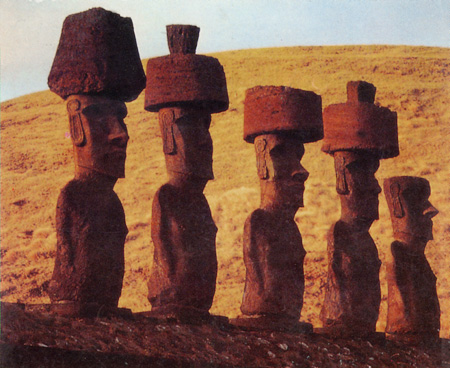 probably on their way to final locations. The largest moai is known as “Paro” weighing 82 tons. There are several others close to this size.
probably on their way to final locations. The largest moai is known as “Paro” weighing 82 tons. There are several others close to this size.
Moving the huge statues required a miro manga erua, a Y-shaped sledge with cross pieces, pulled with ropes made from the tough bark of the hau-hau tree, and tied fast around the statue’s neck. Anywhere from 180 to 250 men were required for pulling, depending on the size of the moai. Some 50 of the now standing statues have been re-erected in modern times. The first moai was re-erected on the beach of Anakena in 1958 using traditional methods during an expedition to the island by Thor Heyerdahl. (Photo right– Aeriel view of Easter Island from Space ‘ISS’)
Logs plan to be uploaded once a day around local midnight or morning hours (so approx. 6.00 or 12 UTC hours). Detailed Qsl information can also be found on the website at http://rapanui2009.org/ .
High on my ”IOTA Wanted” list, I wish all the team a safe journey and look forward to hearing them from Easter Island!

73 de Charles…


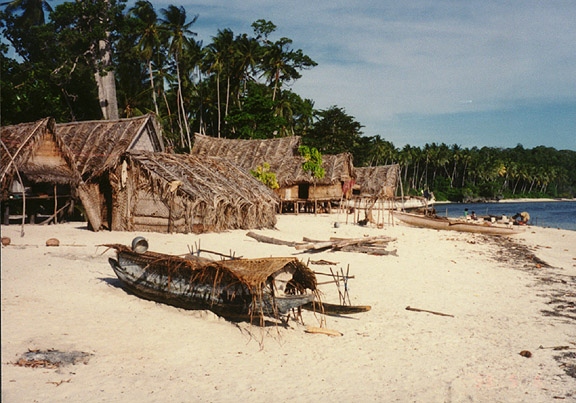
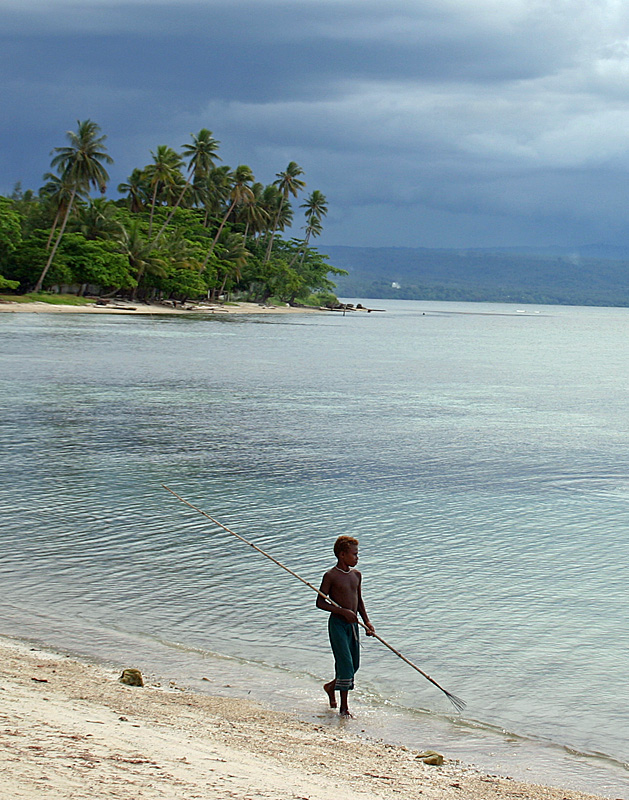 or sure so let’s hope propagation favours the UK (particularly the North for a change!). Operating times are expected to be around 18 hours per day (1600 – 0800 PNG time) on 160 through 15 metres with the possibility of additional activity on 12 and 10 metres, again dependent on conditions. Should anything untoward occur (bearing in mind the Earthquakes and Tsunami of recent weeks), then the operation will take place from
or sure so let’s hope propagation favours the UK (particularly the North for a change!). Operating times are expected to be around 18 hours per day (1600 – 0800 PNG time) on 160 through 15 metres with the possibility of additional activity on 12 and 10 metres, again dependent on conditions. Should anything untoward occur (bearing in mind the Earthquakes and Tsunami of recent weeks), then the operation will take place from